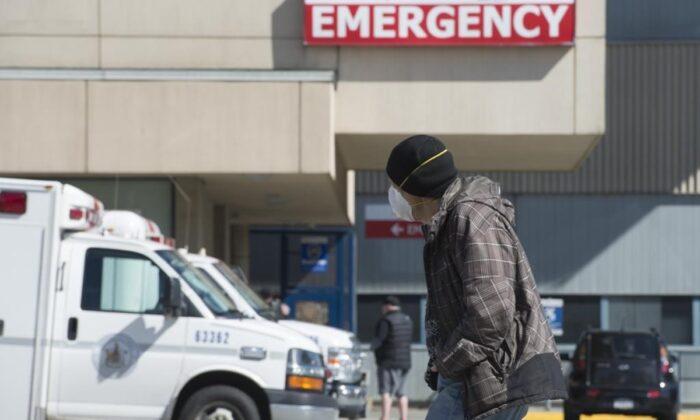New data from Ontario Health indicates that the number of patients who died waiting for surgery in 2022–2023 is up 49 percent from 2021–2022.
SecondStreet.org, a non-profit think tank, revealed Aug. 15 that almost 2,100 patients died while awaiting surgery, based on information gleaned from an access to information request.
The data also shows deaths for patients waiting for a diagnostic scan are up 27 percent, year-over-year, and cardiac surgery waiting list deaths are up 17 percent.
“Government data shows that despite spending more and more money, there has been a steady increase in waiting list deaths in Ontario over the past seven years,” said SecondStreet.org President Colin Craig.
“Some will blame this on COVID, but health care in Canada, including in Ontario, was in a crisis situation long before COVID. We’re seeing some positive health reform in Ontario, but there’s more work to do.”
In Ontario during the 2015–2016 year, 940 patients died waiting for surgery. By 2018–2019, that number had risen to 1,039, and most recently for the 2022–2023 year, there were 2,096 waiting list deaths.
In 2015–2016, 1,341 patients in Ontario died waiting for a diagnostic scan. By 2018–2019, that number had more than quadrupled to 5,534. The most recent data from 2022–2023 indicates 9,404 patients died waiting for a scan, which constitutes 1.83 percent of the waiting list size.
There were only two datasets available for those waiting for cardiac surgery. From 2021–2022, 81 patients died on the waiting list. In 2022–2023, 95 patients died. There were 15,927 individuals in total on the waiting list.
SecondStreet.org advocates for more partnership between government and health-care companies.
“The Ontario government’s decision to partner with private clinics is a positive step that could help address this problem. When Saskatchewan partnered with private clinics, their wait times went down substantially,” said Mr. Craig.
“Ontario could also let patients choose between using the public system or paying for health care at non-profit and private clinics. That would take pressure off the public system and save patients from having to drive to Quebec or the United States for timely treatment.”
Ontario spent an average of $5,400 per patient in 2022–2023, approximately 8 percent higher than the rate of inflation, according to Canadian Institute for Health Information (CIHI) data. This was higher than the average spent on health care at $4,057 per patient in 2015–2016.
CIHI, which is government-funded, indicates Canada’s health-care spending is “among the highest internationally” among Organisation for Economic Co-operation and Development countries.





